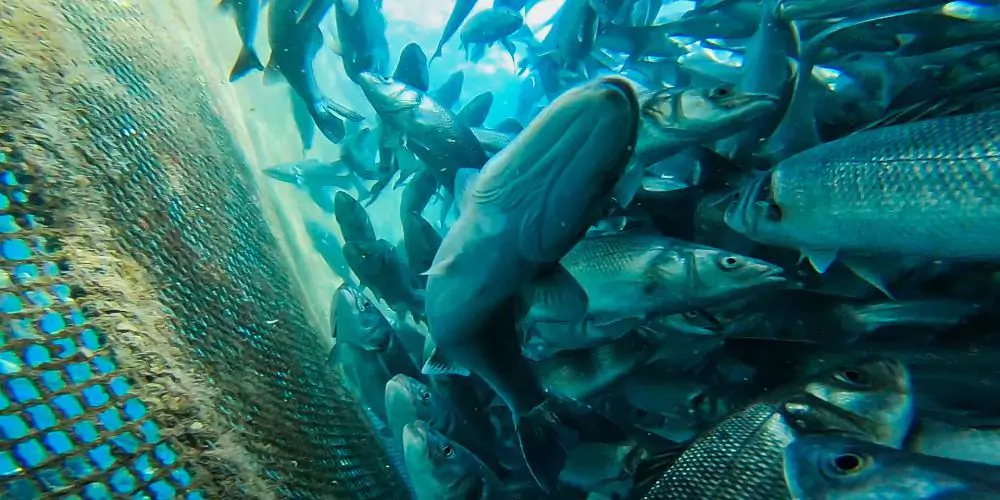Beyond the Scales: A Look at Ethical Considerations in Fish Slaughter
Fish are the most widely consumed animal protein globally, with countless individuals caught and slaughtered daily. While the vast oceans and intricate ecosystems might make it seem different, concerns about fish welfare during slaughter practices are growing. This article explores the common methods used in fish slaughter and the ethical considerations raised by animal welfare organizations.

A Look at Standard Practices
While specific methods vary depending on the species and location, some common practices in fish slaughter include:
- Asphyxiation: This involves placing fish in tanks with reduced oxygen levels, causing them to suffocate. While generally considered simple and inexpensive, concerns exist about the duration of the process and potential prolonged suffering for the fish.
- Chilling: This method involves submerging the fish in ice water or slush, aiming to induce hypothermia and eventually death. However, the effectiveness and speed of this method can vary, potentially causing the fish to experience pain and distress for an extended period.
- Stunning: Some fisheries, particularly for larger fish, employ electrical stunning before further processing. While intended to render the fish unconscious quickly, the effectiveness of this method depends on factors like species, size, and application, raising concerns about potential suffering if not implemented correctly.
- Bleeding: After the initial stunning or asphyxiation, fish are typically bled to remove blood and improve shelf life. However, the level of consciousness during this process remains unclear, raising ethical concerns about potential pain during bleeding.
Why These Practices Raise Concerns
Animal welfare organizations, along with many individuals, raise ethical concerns about these practices:
- Uncertainty of Consciousness: The effectiveness of various methods in rendering fish completely unconscious is not fully established. The potential for fish to experience pain and distress during asphyxiation, chilling, or even bleeding is a significant ethical concern.
- Slow and Prolonged Suffering: Some methods, like asphyxiation and chilling, can take a significant amount of time to induce death, potentially causing prolonged suffering for the fish.
- Lack of Research and Regulation: Compared to other farmed animals, research on fish welfare during slaughter practices is limited. This lack of knowledge makes it difficult to implement and enforce regulations that ensure humane treatment.
The Push for Change
Organizations dedicated to animal welfare advocate for:
- Improved Stunning Methods: Research and implementation of more reliable and humane stunning methods for specific fish species, ensuring rapid and complete loss of consciousness before further processing.
- Exploration of Alternatives: Investigating and adopting alternative slaughter methods that minimize pain and distress for fish, such as newer stunning technologies or rapid freezing techniques.
- Increased Research: Conducting more research on fish sentience and pain perception to inform better practices and develop effective regulations for humane fish slaughter.
By raising awareness about these concerns, animal welfare organizations aim to encourage improvements in fish slaughter practices, promoting better treatment and minimizing suffering for these vital members of our aquatic ecosystems.
This article provides a brief overview of the issue. It is important to note that the complexities of this topic require further research and understanding of specific regional practices and regulations. However, by acknowledging the concerns raised by animal welfare organizations, we can initiate a conversation about ensuring humane treatment for fish throughout their lives, including the critical stage of slaughter.
